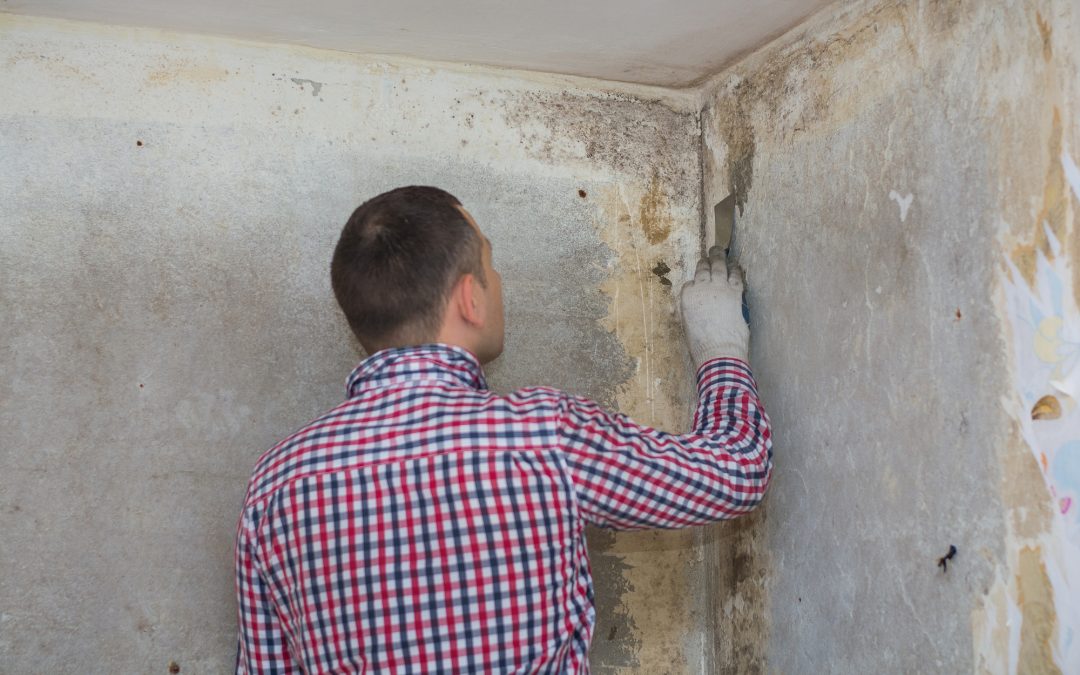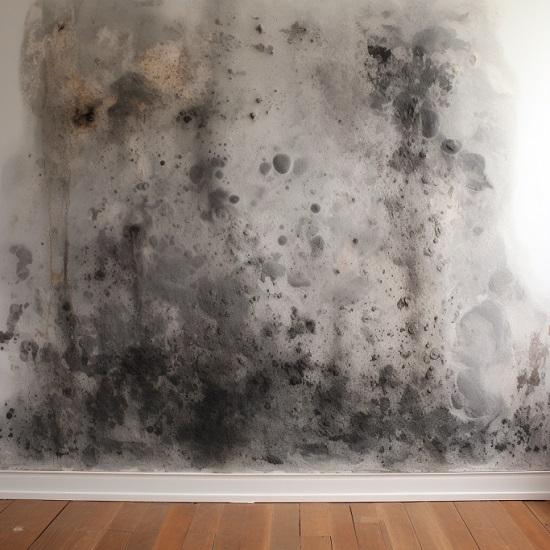Trick Tips for Effective Blog Post Mold And Mildew Removal
Efficiently completing mold and mildew remediation is a complex procedure that needs attention to detail and adherence to certain procedures. These steps not only validate the success of the remediation initiatives however likewise contribute to protecting against future mold growth.
Evaluation of Treated Areas
Upon conclusion of the mold and mildew remediation process, a comprehensive inspection of the treated areas is imperative to guarantee the efficiency of the removal efforts. This assessment acts as a crucial action in the post-remediation stage to confirm that the mold and mildew elimination and cleaning treatments achieved success in removing the mold and mildew problem and recovering a secure interior environment. The inspection should be carried out by certified experts that have the knowledge to examine the remediated locations carefully.
These include visual evaluations to inspect for any indications of mold development or water damages, dampness levels to verify that the area is completely dry and complimentary of excess humidity that could promote mold and mildew re-growth, and air top quality testing to make certain that the interior air is risk-free to breathe. Additionally, the evaluation might entail making use of specialized devices such as dampness meters and thermal imaging cameras to detect concealed mold and mildew or moisture pockets that can lead to future mold and mildew troubles if left untreated.

Dampness Control Actions
Effective moisture control steps are crucial for avoiding mold and mildew development and keeping a healthy and balanced interior setting. In addition, using dehumidifiers in moist locations can aid lower humidity levels, making it harder for mold to prosper.
Frequently evaluating and maintaining the building's outside can additionally prevent wetness breach. what to do after mold remediation. Guaranteeing that seamless gutters are clear, downspouts direct water away from the foundation, and the roof is in good condition can help avoid water from leaking right into the building. Effectively sealing home windows and doors can likewise assist keep dampness out
In situations where water damage happens, prompt activity is essential. Any kind of leaks or spills need to be cleaned up and dried within 24-48 hours to stop mold and mildew development. Making use of dampness meters can help spot surprise sources of water and ensure detailed drying. By applying these wetness control actions, the danger of mold and mildew reoccurring can be substantially reduced, producing a much healthier indoor atmosphere.
Appropriate Air Flow Analysis
An indispensable element of guaranteeing a healthy interior environment message mold and mildew remediation is performing an extensive assessment of the ventilation system. After mold remediation. Proper air flow analysis plays an important function in protecting against future mold development and maintaining air high quality within the afflicted area. During the evaluation, specialists assess the effectiveness of the air flow system, looking for any type of clogs, leakages, or malfunctions that might prevent proper air movement. It is vital to make certain that the air flow system is properly sized for the area it serves and that it satisfies market requirements for air currency exchange rate.
Additionally, evaluating the air flow system includes checking out the distribution of air throughout the area to recognize any type of areas of click reference inadequate flow where wetness and contaminants can collect. Appropriate air flow not only helps in regulating moisture degrees however also help in eliminating air-borne mold and mildew spores and various other pollutants, therefore improving general interior air quality. By dealing with any air flow concerns publish mold remediation, homeowner can create a healthier and a lot more comfortable atmosphere for occupants while decreasing the danger of mold and mildew re-infestation.
Cleansing and Sanitation Protocols
To make certain detailed mold remediation, thorough adherence to certain cleaning and disinfection methods is critical. Cleaning up and disinfection methods play a crucial role in Learn More the post-mold removal phase to prevent the reappearance of mold development and make sure a safe and healthy and balanced atmosphere.
Additionally, executing precautionary procedures such as using mold and mildew preventions and keeping correct ventilation can aid lessen the threat of future mold and mildew problems. By following rigorous cleaning and disinfection protocols, property proprietors can guarantee the successful obliteration of mold and produce a healthy indoor environment for residents.
Monitoring and Maintenance Strategy
Implementing a normal monitoring and upkeep plan is essential for making sure the long-term performance of mold removal initiatives. When mold and mildew remediation is finished, it is crucial to develop a monitoring routine to evaluate the success of the removal procedure.
Furthermore, developing an upkeep strategy is essential to avoid future mold concerns. This plan may consist of activities such as repairing pipes leakages, enhancing ventilation, and regulating interior humidity levels. Normal upkeep not a knockout post only assists in stopping mold and mildew but likewise adds to keeping a healthy indoor atmosphere. It is suggested to record all monitoring and maintenance activities to track development and make certain uniformity in the upkeep of the remediated areas. By executing a detailed surveillance and upkeep strategy, the threat of mold and mildew re-emergence can be dramatically reduced, promoting a clean and safe living or working environment.
Final Thought
To conclude, successful message mold and mildew removal includes complete evaluation of treated areas, execution of moisture control steps, assessment of correct air flow, adherence to cleaning and disinfection protocols, and facility of a surveillance and upkeep strategy. These key steps are necessary to make certain that mold and mildew development is effectively eliminated and stopped from reoccuring in the future. By following these guidelines, property proprietors can keep a secure and healthy and balanced environment for passengers.
Upon completion of the mold removal process, an extensive examination of the treated areas is necessary to make certain the performance of the removal initiatives. These include visual assessments to check for any indicators of mold and mildew development or water damage, moisture levels to validate that the location is completely dry and totally free of excess moisture that might promote mold re-growth, and air top quality screening to make sure that the indoor air is secure to take a breath. Furthermore, the evaluation might include using specialized devices such as wetness meters and thermal imaging video cameras to spot hidden mold and mildew or wetness pockets that can lead to future mold and mildew problems if left uncontrolled. By attending to any air flow problems upload mold removal, property proprietors can create a much healthier and much more comfy environment for owners while decreasing the threat of mold re-infestation.
